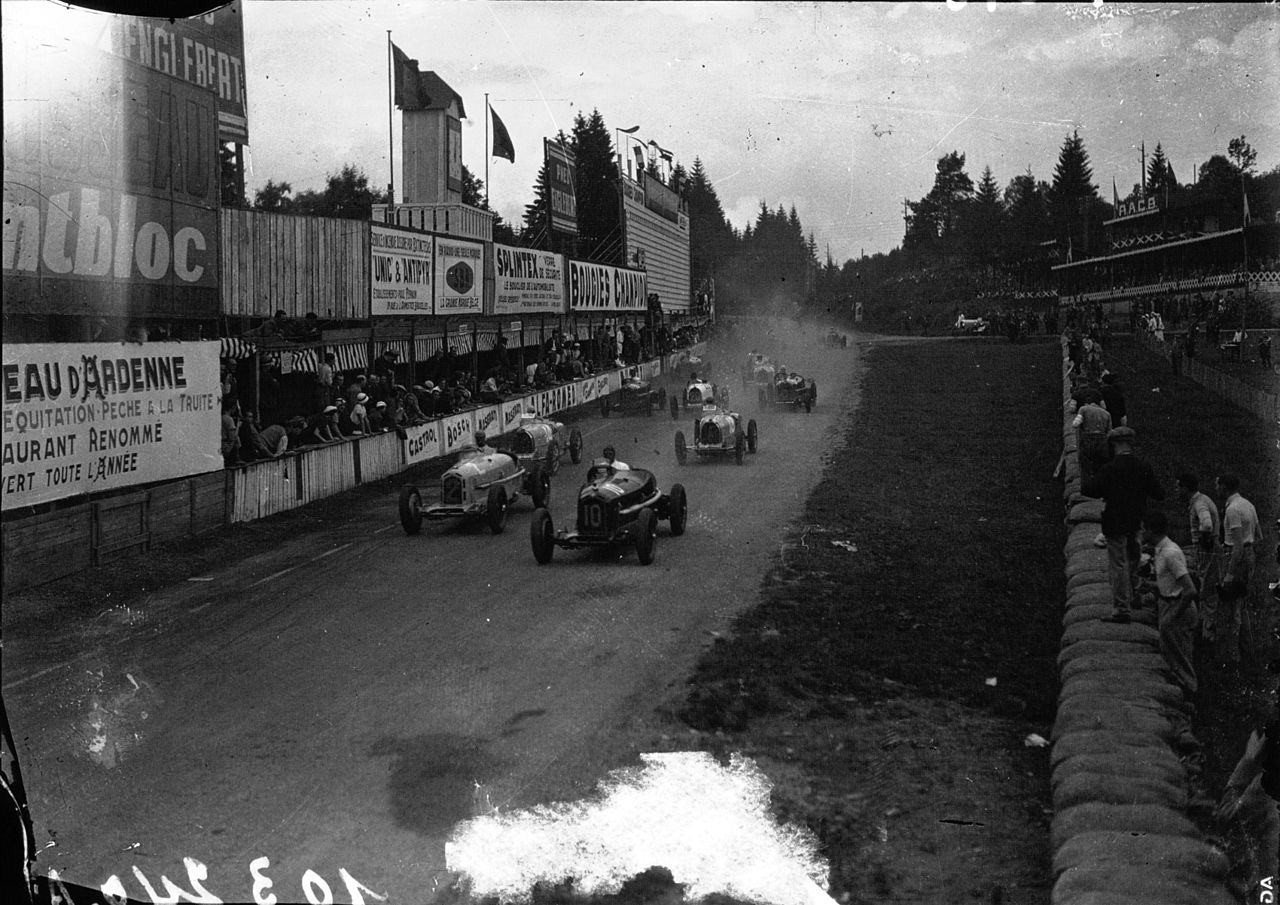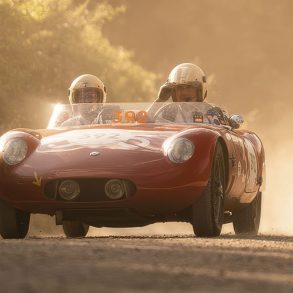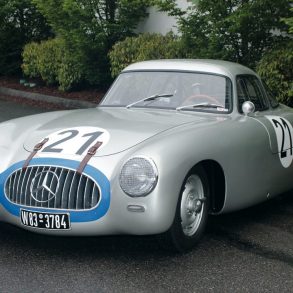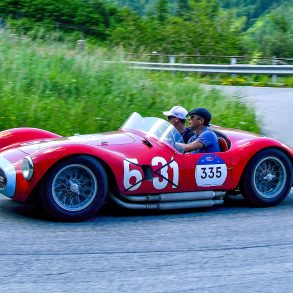Baconin Borzacchini Biography

He began to gain successes in other races as well as class wins in the 1926 and 1927 Targa Florio, and this led to him joining the Alfa Romeo team in 1927. In 1929 he set a new Flying 10km land speed record at 153mph in a Maserati V4. In 1930, Italy was then run by a strict fascist government and Borzacchini was pressured into changing his name from that of a Russian anarchist to Mario Umberto Borzacchini. He was entered in a Maserati in the 1930 Indianapolis 500 but retired with mechanical problems, but won the Tripoli GP again that year.
In 1931 he signed for the Ferrari team to drive their Alfa Romeos but his year was dogged by bad luck finishing second a number of times. In 1932 he won the Mille Miglia.
Tazio Nuvolari and Borzacchini had become inseparable friends, indeed they were known in Italy as the “fratellini” — the little brothers and in 1933 they both joined Maserati but at the Italian GP at Monza, motor racing had one of it’s blackest days. Oil had been spilled on the South Curve by a car in the previous race and sand placed there to make it safe. All drivers were warned about the hazard. When the race started, Borzacchini and his team mate and good friend Giuseppe Campari both crashed on the bend with fatal consequences.
On that fateful day at Monza when Campari and Czaykowski also died, Giulio was approached by Borzacchini before the race and asked to remove the front brakes from his Maserati, for lightness. Ramponi refused, but the driver insisted; reluctantly Giulio completed the job, saying,
“You should not take such a risk on this high speed track; only Nuvolari, Caracciola or Varzi can get away with it; no-one else.”
Giulio reckoned Borzacchini was a very nice person, but not a talented enough driver.
Three great drivers lost their lives that day. In the other race that day Polish aristocrat Count Stanislas Czaykowski crashed and burned to death on the same corner.











